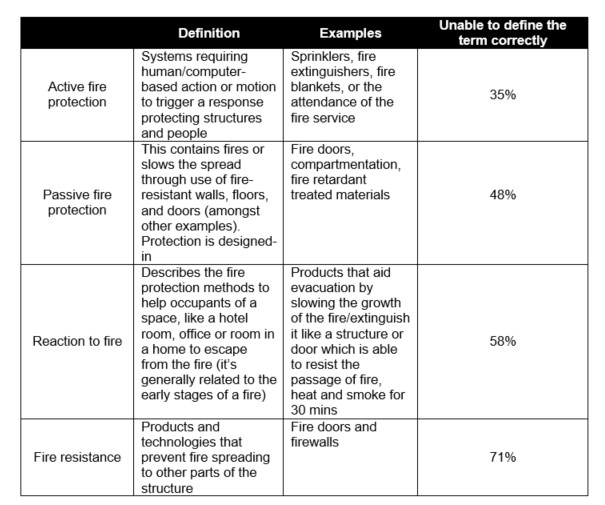The Royal Institute of British Architects (RIBA) has published its response to the government’s Building a Safer Future consultation, which proposes reforms to England’s current building safety regulations.
The RIBA called for a complete overhaul of the building regulations in the immediate aftermath of the Grenfell Tower tragedy and welcomes many of the proposals, in particular tighter regulation of higher risk residential buildings of 18m or more in height (rather than 30m plus which was originally recommended by the Government’s 2018 Independent Review of Building Regulations on Fire Safety).
However, the institute is concerned that England still lags behind other countries, including Wales and Scotland, in putting in place base line regulatory standards to ensure that high rise and other higher risk buildings are safe for the public. The institute urges the Government to:
- widen the scope of the new regulatory system to apply to non-residential buildings – the new building regulatory system should apply to other higher risk non-residential buildings at any height, including places where vulnerable people sleep, such as care homes, hospitals, hotels, hostels, prisons, as well as schools and places of assembly, during the design and construction phase.
- make significant changes to the responsibilities for all dutyholders – dutyholders based on the Construction (Design and Management) regulations model are essential. However, the duties proposed are not clearly defined and are not currently workable as set out in the consultation, particularly on design and build projects.
- designate the Architect’s Registration Board (ARB) to oversee enhanced competence requirements of architects – as regulator the ARB should be responsible for the accreditation and licensing of architectural qualifying bodies, including the RIBA, who will hold registers for competent architects to work on buildings in scope of the proposed regulatory framework.
- ensure all technical guidance issued to industry is improved by the new Building Safety Regulator –this should include setting baseline prescriptive requirements for fire safety and reviewing all relevant British Standards guidance documents, particularly those relevant to fire safety in the design, management and use of buildings.
Jane Duncan, Chair of the RIBA Expert Advisory Group on Fire Safety, said “Although a step in the right direction, the government’s proposals do not go far enough to protect the public and more work is needed, particularly to more clearly define the statutory duties of all involved in the industry. There have been many failings in England’s building safety regulations, exposed by the Grenfell tragedy two years ago, but we hope the government will act on their commitment post-Grenfell to ensure residents are safe, and feel safe, in their homes.”



